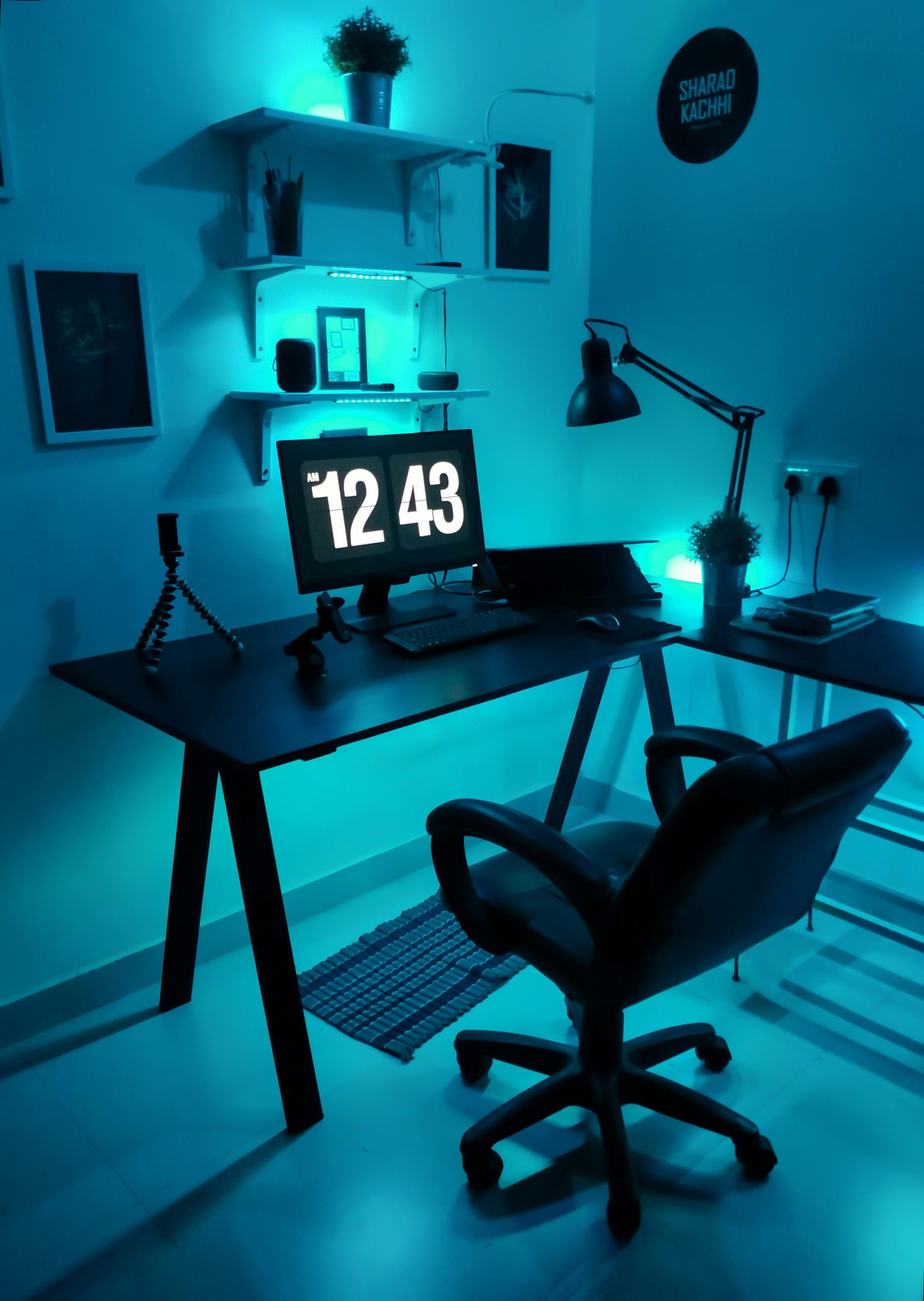Do You Still Need a Dedicated Monitor for Your Desktop Display?
Many users rely on their TV screens as secondary or primary displays for their desktop computers. However, technical issues can arise that challenge this setup, prompting questions about whether investing in a traditional monitor is necessary for an optimal experience.
A Personal Experience with Display Challenges
Recently, I faced significant difficulties after experiencing Nvidia driver crashes, which necessitated a complete reinstallation of Windows 11. Post-installation, I encountered a problematic scenario: when connecting my desktop’s HDMI output to my TV, Windows displayed the startup screen normally, but the resolution was set at a native 640p. This low resolution scaled larger on my 4K TV, rendering interface elements unclickable—especially problematic during Windows installation, where navigating setup menus was nearly impossible. Currently, I am stuck at the network connection step, unable to select Wi-Fi options due to the display scaling and unresponsive menu buttons.
Attempted Solutions and Limitations
In pursuit of a workaround, I considered using my smartphone or laptop as a display. I purchased an HDMI-to-USB-C cable and experimented with various software solutions to mirror or extend my desktop display onto another device. Unfortunately, this approach required a video capture card to transmit the desktop output effectively, which adds an extra layer of complexity and cost. Without proper capture hardware, achieving a usable display on alternative devices is challenging.
Is a Dedicated Monitor the Solution?
Given these obstacles, a pressing question arises: Do I need to acquire a dedicated monitor to streamline my experience? A reliable, appropriately scaled monitor could eliminate many of these hurdles, providing a direct and stable connection—especially crucial when troubleshooting driver or OS installation issues.
Considering Your Own Setup
While using a TV as a monitor is often convenient, it can introduce limitations during setup or maintenance tasks, particularly when dealing with driver issues or resolution conflicts. Investing in a dedicated display offers several benefits:
- Consistent, native resolution that matches your tasks
- Easier troubleshooting without scaling or compatibility issues
- More precise control during OS installation and driver configuration
Planning Ahead During Inclement Weather
Additionally, with a storm approaching and travel restricted, having a dependable monitor setup becomes even more valuable. It ensures you can complete installations, updates, or troubleshoot problems without relying on potentially unreliable alternative displays.
Conclusion
While it’s possible to connect a desktop to a TV or use alternative display methods, practical experience suggests that possessing a dedicated monitor simplifies many tasks—
Share this content:

